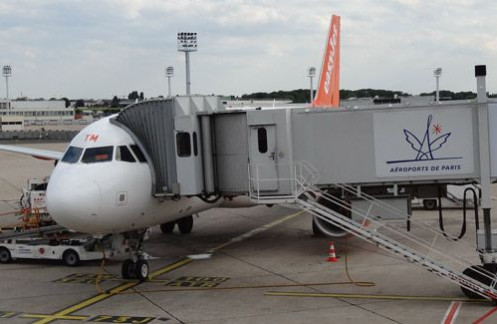With its 260 bus lines in the Paris metropolitan area, the RATP transit authority employs over 10,000 drivers that 365 days a year drive the 4,000 buses necessary to the operation of the network. Managing a city transit network covers a set of closely interwoven functions, like the definition of the service offering, personnel and equipment management, surveillance of the network in real time, management of the infrastructure and passenger information.
RATP computerised its forecast service development process as early as 1985 using the ‘’CHIC’’ software developed in-house, in a similar way to the manual tools that had been used until then. The first operation, vehicle scheduling, defines the runs and assigns them to the vehicles by calculating the theoretical route driven by each bus for each route of the network and for each standard day of operation, based on a route time analysis performed beforehand. The driver scheduling operation (also called driver duty planning) assigns work shifts to drivers while complying with working conditions in effect in order to cover the service offering.
As early as 1990 new requirements were identified, in particular the necessity of developing new functionality that would improve the optimization of the production chain. This meant reconciling such imperatives as quality, adaptation of supply to demand, costs and personnel satisfaction. The aim also was to expand the field covered by the schedule generation tool by including the driver roster development function.
While logically the different phases are carried out chronologically, it is often necessary, in the framework of the overall optimization of the transit network production chain, to call into question the very foundation of an operation. (For example, returning to the vehicle scheduling as crew scheduling is in progress, because the constraints linked to driver scheduling require reworking the bus scheduling.)
After discovering the limits of off-the-shelf software packages dedicated to city transit, RATP launched a call for tenders, won by Steria with the support of Eurodecision. Steria was responsible for system production by integrating certain modules developed by RATP, while Eurodecision handled the development of the automated modules implementing optimization technology, in particular:
- Automated driver scheduling, a module based on Eurodecision’s LP-EasyDriver business component and ILOG Cplex technology
- Automated vehicle scheduling, a module based directly on the ILOG Cplex and LP-Colgen components,
- The automated development of driver rosters is based on Eurodecision’s LP-Roster business component, which leverages the power of ILOG Solver.
To meet the demands of users, the graphical user interfaces (GUI) produced with ILOG Views remain very close to the graphic environments used previously, while providing enhanced functionality. The completely new automated functions were integrated in control modules allowing users to vary different parameters in the framework of multi-criteria optimization.
Several modules are used to define all the component data of the bus network production program.
- The network data module is used to visually represent the topological structure of a line or network of lines, with the terminals, intermediate stops, regulation points, connections with other modes of transport.
- The time analysis module determines, based on real data collected in the field and analyzed according to statistical techniques, the route times and allowances to allocate for the various assignments.
- The schedule configuration modules groups all the information that varies according to the day and period: for example route times during winter or summer. An infinite number of different parameters can be applied to a line.
- The working conditions module is used to define or change rules according to the period concerned or to geographic criteria.
- The vehicle scheduling module is used to create the runs with their times and optimize the work carried out by each bus during the day.
- The driver scheduling module uses the results of vehicle scheduling and a set of personnel working conditions to assign the drivers to the runs.
- Finally, the roster development module creates rosters indicating for a given period the succession of services to perform daily for each driver. Several optimization criteria can once again be taken into consideration.
The information produced by @llegr@ is transferred to an Oracle database and subsequently used by personnel management, vehicle maintenance and operating data analysis software.
The new system is operational in the RATP bus centres and was favorably accepted by the initial users due to its user-friendliness and in particular its ease of interaction between the different software’s windows. With automation available for quickly generating solutions, network operators now have an efficient design tool.
Thus the optimization of a driver scheduling solution can be used to compare various working assumptions in short times or to simulate the impact of new legislation like the French 35-hour work week directive. This potential makes @llegr@ an excellent negotiating tool in the trade-off between quality of service requirements, operator cost constraints and driver preferences for certain types of service.
Currently available on a PC under Windows, the @llegr@ system is marketed in the international market in its multilingual version by RATP’s subsidiary, SYSTRA, and has been sold to the Saint-Quentin-en-Yvelines and Abidjan bus networks.





